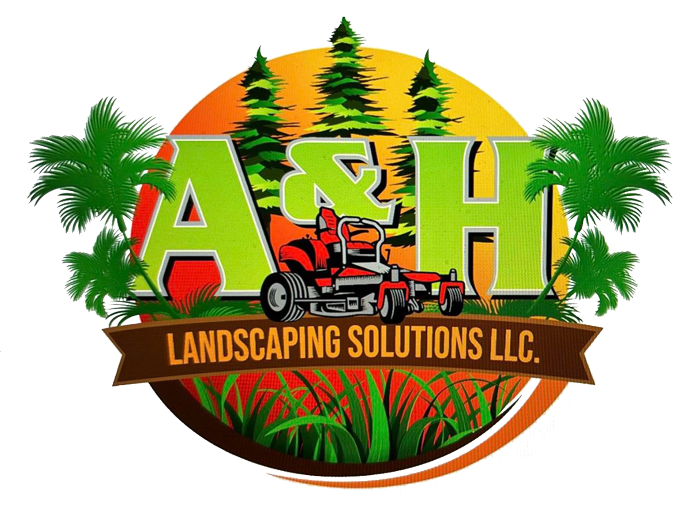Hurricane Season Tree Preparation Guide for Poinciana Residents
Hurricane Season Tree Care: Protecting Your Poinciana Property
Hurricane season in Central Florida demands proactive tree management to protect your property and family. From June through November, strong winds, heavy rains, and severe storms test the structural integrity of every tree on your Poinciana property. Smart preparation now can prevent thousands of dollars in damage later.
Pre-Storm Tree Assessment: What to Look For
Begin your hurricane preparation with a thorough tree inspection. Look for signs of weakness including dead or hanging branches, cracks in trunks, root damage, or trees leaning more than 15 degrees from vertical. Pay special attention to trees near your home, power lines, or neighbor's property. Large trees with dense canopies create more wind resistance and face higher risk during storms.
Certain tree species handle Florida storms better than others. Live oaks, bald cypress, and southern magnolias typically weather hurricanes well, while Australian pines, laurel oaks, and Brazilian pepper trees are more susceptible to wind damage. Understanding your tree species helps prioritize which trees need immediate attention.
Strategic Pruning Techniques for Storm Resistance
Proper pruning reduces wind resistance and eliminates weak branches that could become projectiles. Focus on removing dead, damaged, or diseased branches first. Next, thin the canopy by removing crossing branches and water sprouts. Never "top" trees or remove more than 25% of the canopy in one season, as this weakens the tree's structure.
Professional tree trimming services understand Florida's unique pruning requirements and timing. Improper pruning can actually increase storm damage risk, making professional assessment valuable for protecting your investment.
Root System Health and Soil Management
Strong root systems anchor trees during high winds. Improve root health by maintaining proper soil moisture, avoiding soil compaction around trees, and addressing drainage issues. Saturated soil reduces root anchoring strength, making trees more likely to uproot during storms.
Add organic mulch around trees to retain moisture and protect roots, but keep mulch 3-6 inches away from tree trunks to prevent pest and disease issues. Proper irrigation helps trees develop deep root systems that provide better storm resistance than shallow roots dependent on frequent surface watering.
When Professional Removal Becomes Necessary
Some trees pose too great a risk to keep, regardless of sentimental value. Trees with significant structural damage, extensive root decay, or those growing too close to structures may require removal before hurricane season. Professional arborists can assess whether trees can be saved through treatment or if removal is the safer option.
Emergency tree removal after storms costs significantly more than preventive removal. Planning ahead protects both your budget and your property. Our experienced team evaluates trees using industry-standard risk assessment protocols.
Post-Storm Recovery and Maintenance
After storms pass, resist the urge to immediately trim damaged trees. Wait for proper assessment, as stressed trees need careful evaluation. Some apparently damaged trees can recover with proper care, while others may need removal for safety reasons.
Regular maintenance throughout the year builds tree resilience for future storms. Proper fertilization, pest management, and disease treatment create healthier trees better able to withstand severe weather.
Protect your Poinciana property with professional tree care expertise. Contact A & H Landscaping Solutions at (615) 918-4395 for comprehensive tree assessment and storm preparation services. Our team provides the expertise needed to keep your trees healthy and your property safe throughout hurricane season.
